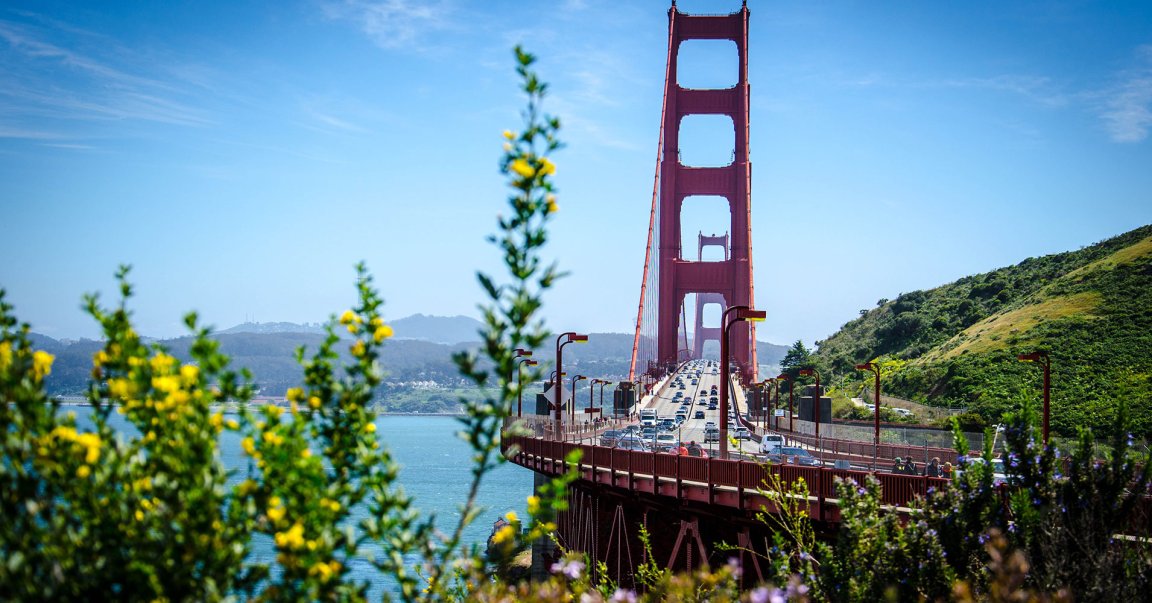
Bumper to Bumper
If you grabbed an Uber or Lyft the last time you visited the Bay Area, you contributed to one of the region’s biggest problems: traffic congestion.
According to a new report by the San Francisco County Transportation Authority, Uber and Lyft are responsible for half of the city’s new traffic congestion since 2010 — and the impact of the apps could be a sign of things to come for the rest of the world’s roads.
Gig Economy
The report contains both good news and bad news regarding the rideshare apps’ impact on San Francisco traffic. Their drivers are unquestionably clogging the city’s roads, but only about as badly as passengers would be if they were taking taxis or driving their own cars — which would cause parking headaches in the crowded metropolis.
All told, Uber and Lyft are responsible for 47 percent of the increase in vehicle miles traveled in San Francisco since 2010. They’re also to blame for 51 percent of the increase in daily hours of San Francisco traffic delays, which makes sense since they have to regularly pull over to pick up and drop passengers. The services also caused 55 percent of the decline in speed on the city’s roadways over the same time period.
According to the report, Uber and Lyft are currently responsible for 25 percent of total congestion citywide and more than a third downtown. The time of day plays a significant role in the severity of the apps’ impact, too — while they increase congestion throughout the day, the effect is most pronounced in the evening.
Surge Pricing
The report’s takeaways are complicated: Uber and Lyft are only contributing approximately their share of congestion per mile traveled — but, at the same time, maybe they’re keeping people off public transportation, which would clear the streets and be better for the environment.
The Bay Area, with its booming tech industry, was an early market for rideshare apps, so the grave congestion outlined in this report could be a sign of things to come for metropolitan areas across the world as adoption of the services increases.
READ MORE: TNCs & Congestion [San Francisco County Transportation Authority]
More on Uber: Does Uber Have Any User Trust Left To Spare?